Caucasian Shepherd vs Tibetan Mastiff: In Choosing the Right Breed
Both the Caucasian Shepherd and the Tibetan Mastiff are considered to be ancient breeds who started to exist way back thousands of years. They have similar appearances and were originally bred for the same purpose. Thus, they might be exhibiting personalities and others more which are alike.
To know which one is right for you, below will give you all important details in various aspects of both the Caucasian Shepherd and the Tibetan Mastiff.
Table of Contents
Breed Origins
Caucasian Shepherd
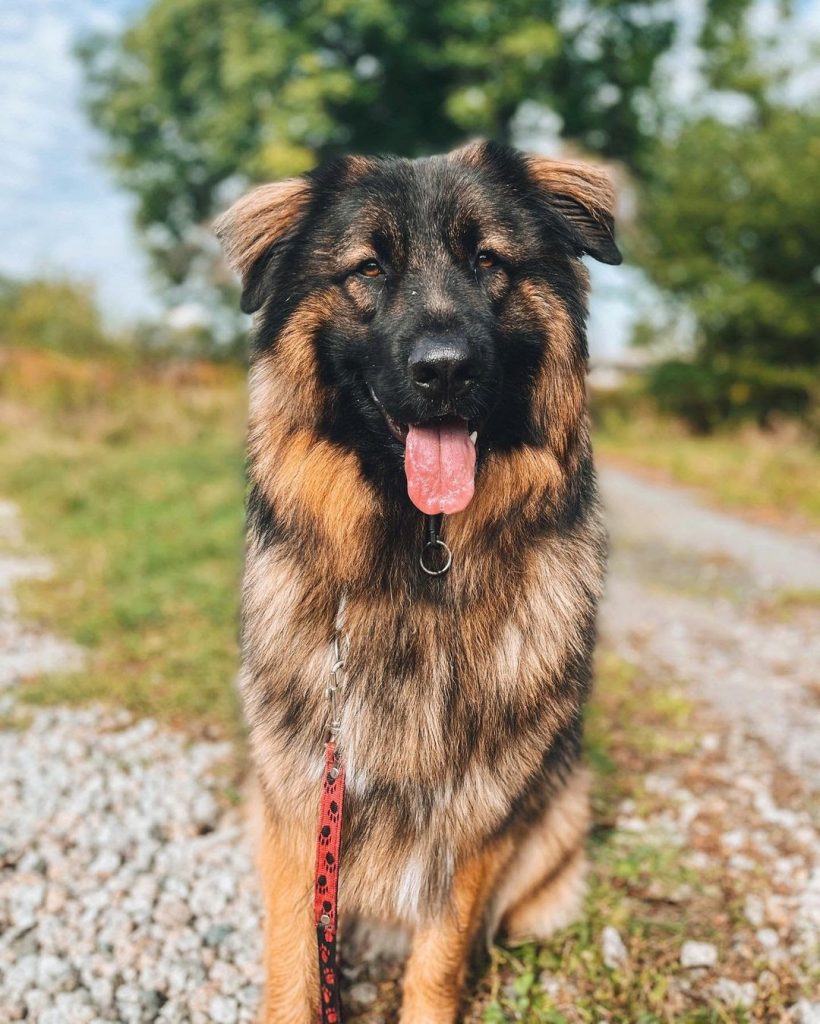

How the Caucasian Shepherd came about is quite a mystery to us all. Originally bred from the Caucasus Mountain region, this old breed is believed to have come from domesticated wolves or its heritage has been composed of the Mastiff and other breeds. Others claim that this canine comes from the line of Sheepdogs that got into Tibet, however, archeological findings show that this breed goes back to Mesopotamia.
No matter where the Caucasian Shepherd comes from, he has proved himself valuable to shepherds as he guarded the flocks against wild animals. His coat can withstand the harsh cold weather without looking less fearless.
Since the Caucasus region hosts a variety of dogs and shepherds breed their companions depending on their needs, the ones developed in Georgia are what most kennel clubs recognize today.
Tibetan Mastiff
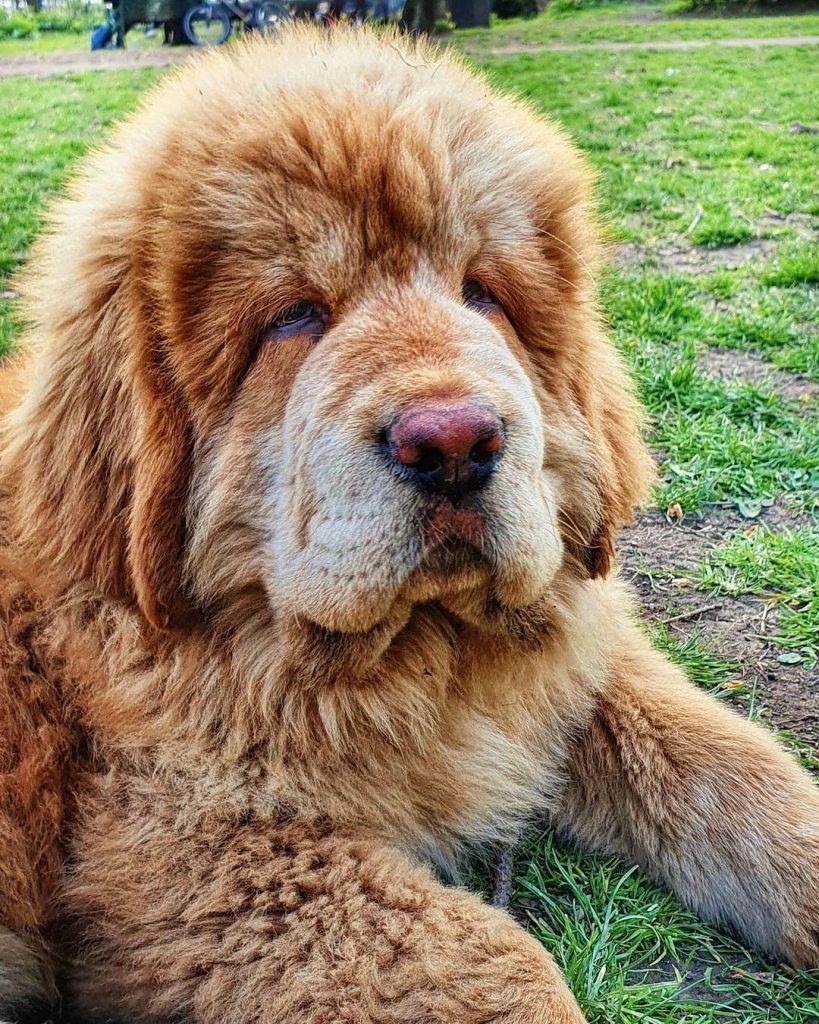

The Tibetan Mastiff is known to have come from Tibet. Yet, he was also spotted in various other places such as the Himalayas, Nepal, and India. Although this is a fascinating breed, most of his history before the 19th century is lost in time.
However, we can conclude that his line comes directly from the Mastiff-type dogs that started to exist earlier in Tibet. Mostly, the reason why not much is known regarding this breed is due to Tibet being such a secluded place. Another thing that we know of is that this Tibetan Mastiff was mainly the protector of the temples in the Himalayas.
In his duty, the Tibetan Mastiff has a colleague which is a Lhasa Apsos, who was responsible for alerting him of danger all the time. As a response, the large canine will spring into action and secure the safety of the monks as well as of the temple.
Size, Appearance, & Coloring
Caucasian Shepherd
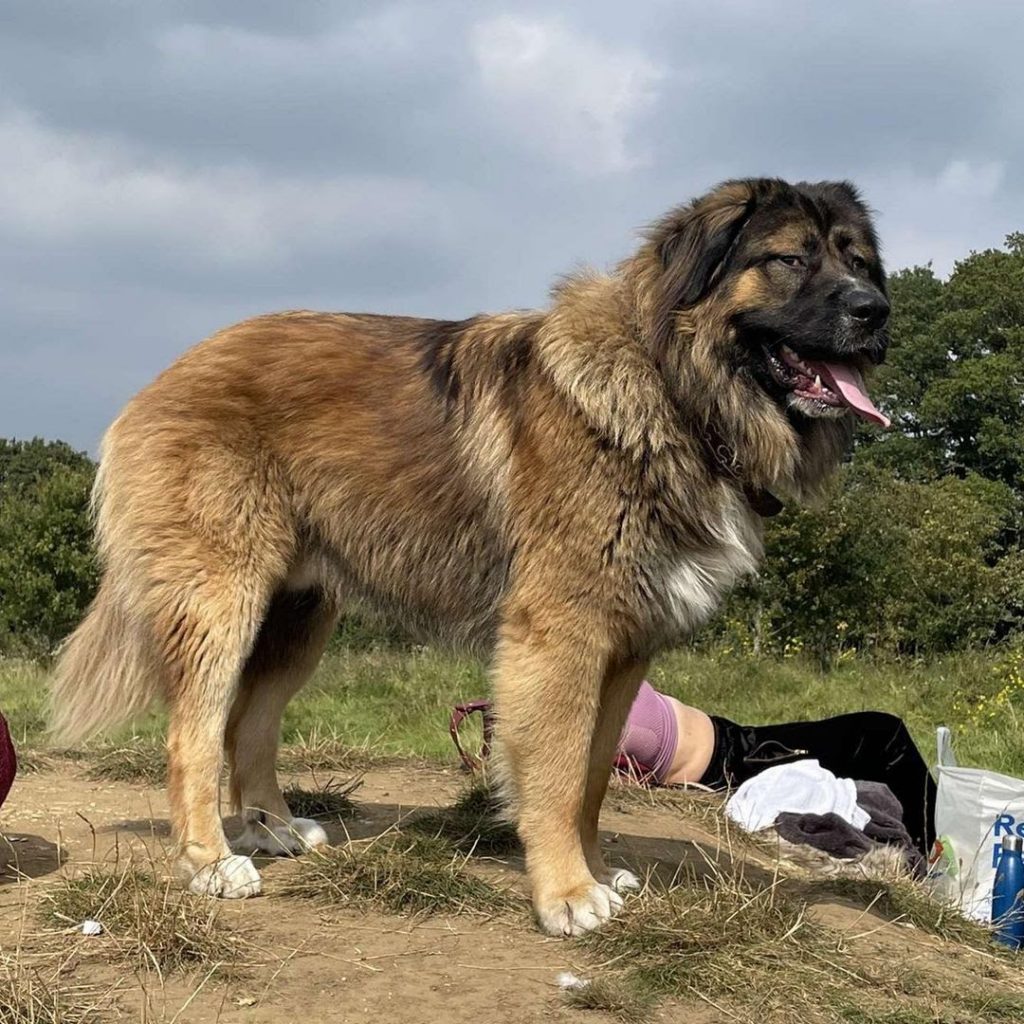

Standing tall at 23 to 30 inches and weighing 99 to 170 pounds, the Caucasian Shepherd is one large dog. He has a soft undercoat and tougher guard hairs and the length will vary once he reaches adulthood, depending on what kind of coat his parents had.
Those who have longer coats will possess an impressive mane around his neck and a feathery quality along his back down to his tail and legs. These will become less prominent if they have medium or short hair lengths. His eyes are brown and the nose, typically black. His stature is well-built with a large head and ears that are loose.
He can sport lots of coat colors such as:
- Black
- Fawn
- White
- Gray
- Cream
- Rust
Tibetan Mastiff
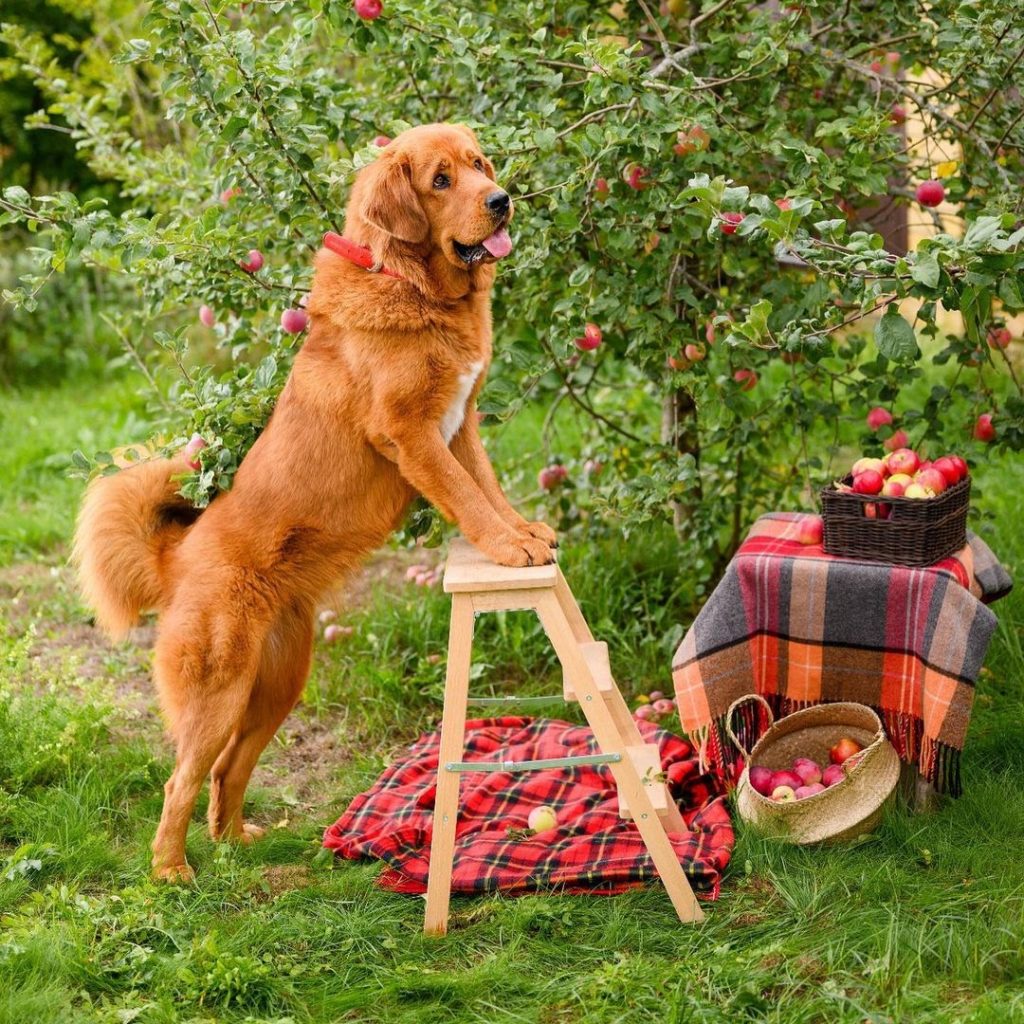

The Tibetan Mastiff has a notably thick and long coat with a mane so prominent, he is often mistaken as an adult male lion. The quality of his coarse guard hair and his dense wooly undercoat helps him maintain the heat his body would need to thrive in cold climates.
He has brown eyes shaped like almonds which mainly contribute to his gentle appearance. He has an impressively large head and a square muzzle, giving an overall impression to any onlookers that he’s a watchful dog. His ears are nicely set on the sides, drooping gracefully at most times. The tail should be dense, fluffy, and well-coated while being consistently carried in the back in a splendid curl.
Considered to be a large dog, he can be 24 to 36 inches at withers and 70 to 150 pounds in weight. There are several natural colors for this breed and you can freely choose from the following:
- Black
- Brown
- Red gold
- Black & tan
- Brown & tan
- Cream
- Red
- Blue-gray
Temperament
Caucasian Shepherd
Despite the guarding instinct in this dog breed, sweetness and loyalty are some of his other best traits. He loves to be around his owner as much as he can and would prefer spending his time with the family and kids.
Since he is a strong protector, know that he will confront any threat, human or wild animal, regardless of size. He is naturally distrustful of strangers, so socialize him intensively while young. He might show his laid-back personality most of the time, but he’s always alert and ready for action. He’d need to know what the boundaries are and consistently firm training from his owner. Because of that, he’s more suited for those who are experienced in handling tough dogs.
Tibetan Mastiff
Training a Tibetan Mastiff is not easy at all. Although he scores high in intelligence, he is not that used to being dictated on what to do. He prefers to act on his own will and ignore the commands from his owner. However, if you have established the authority properly at home along with several positive reinforcements, this massive dog will accept that he has to obey you.
If you want him to have the best relationship with your kids, ensure that the puppy you get has been socialized during his early days and you are committed to continuing it. He’s very wary of strangers and open to bond with other dogs. You can say that he acts reasonably well.
Exercise Needs
Caucasian Shepherd
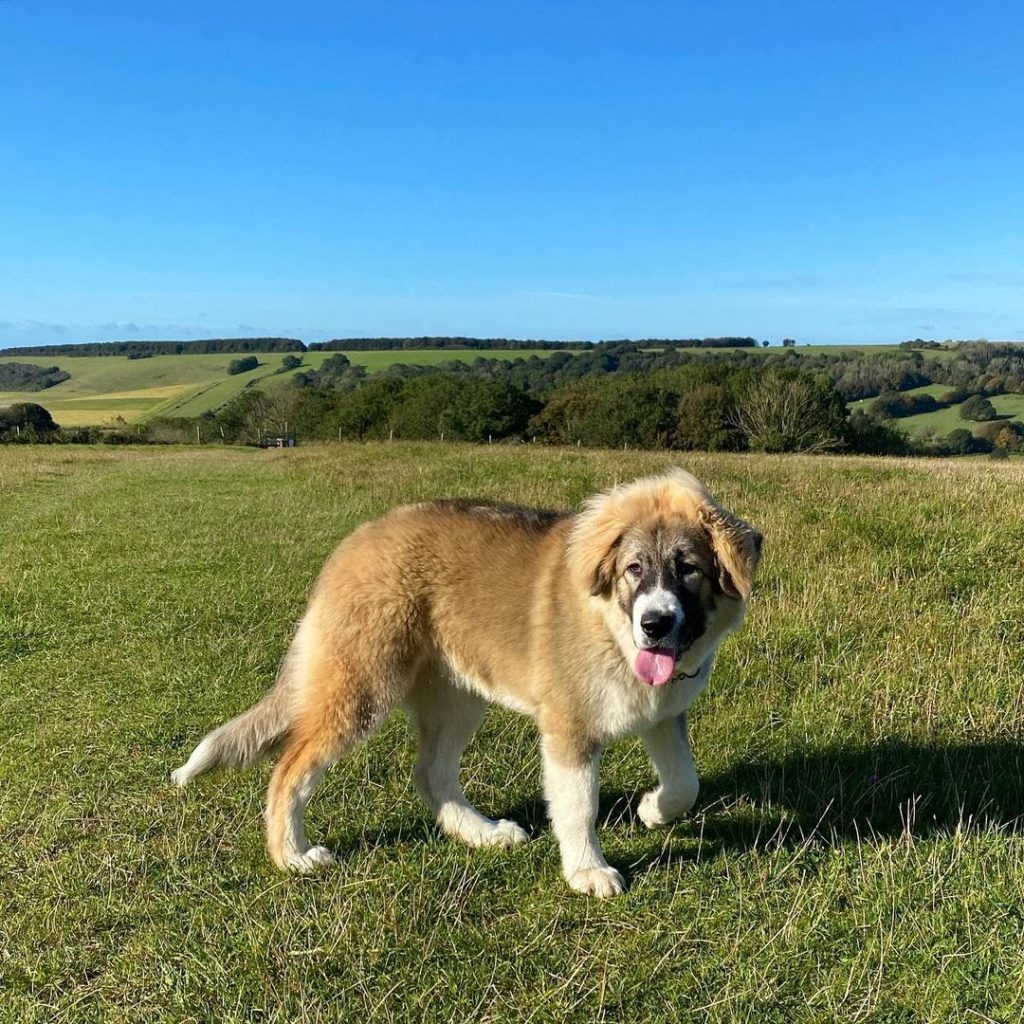

By the time the Caucasian Shepherd turns into an adult, he’ll be mostly calm and low in energy. You can set a daily goal for him of about two sessions of 20-minute walks on a leash and a bit of time for him to roam around on his own in a well-secured area.
The objective is to keep him active and fit since he’s highly tempted to get lazy if he has the chance. An active lifestyle is a key to good health and a longer lifespan.
Tibetan Mastiff
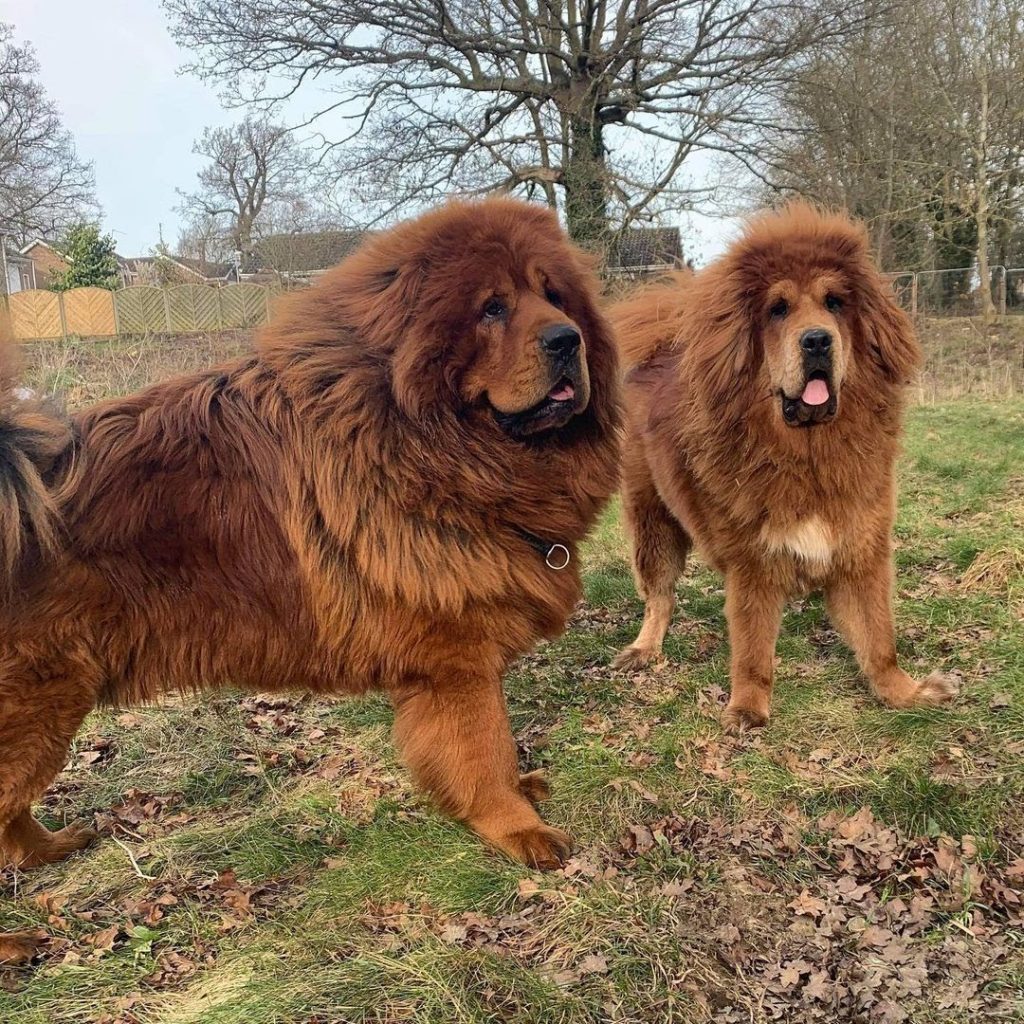

You might have heard from other owners that the Tibetan Mastiff can act lazy when kept indoors. Some of them sleep during the day and get active at night. This doesn’t automatically mean that they are couch potatoes, but rather, they tend to expend their energy in other activities such as their work.
Expect puppies to be frisky since their minds still need time to mature. Just ensure that they don’t harm their health in the long run. Exercise needs to be done an hour each day, divided into shorter periods. Get creative with the drills if you have to!
Grooming Requirements
Caucasian Shepherd
Shedding happens regularly throughout the year. You’ll benefit from brushing him several times weekly to remove all loose hairs and prevent them from sticking all over your furniture.
If you notice him blowing off his coat heavily, giving him frequent baths and daily brushing will end this cycle quickly. Other areas that would need attention are his teeth, nails, and ears which are prone to infection.
Tibetan Mastiff
Don’t be fooled by thinking that his thick and long coat would mean a tedious and overwhelming moment in the bathtub for his hygiene needs. He blows off his entire coat once a year, so baths should only take place every 6 to 8 weeks or whenever he is dirty or smelly.
A good brush all over his body at least once a week will promote healthy skin and coat by spreading his natural oil. Other routine checks must include other vital parts like the teeth, ears, and nails.
Health Issues
Caucasian Shepherd
There are a few health issues the Caucasian Shepherd is susceptible to. Some can be treated or avoided by bringing him to the vet regularly. The common ones that can strike him are:
- Hip dysplasia
- Cataracts
- Bloat
Tibetan Mastiff
No dog is going to be 100% healthy even if he came from the most reputable breeder. He is still prone to various medical problems which include:
- Epilepsy
- Bleeding disorders
- Entropion
- Hip dysplasia
Breed Popularity
The American Kennel Club’s breed popularity ranking currently puts the Tibetan Mastiff in 131st place out of 200 dog breeds. The Caucasian Shepherd, on the other hand, has no definite ranking. What’s certain, however, is that many families opt for this dog due to his serious guarding skills and desirable traits.
Which Dog Is Right for You?
One area they highly differ is in grooming. Tibetan Mastiffs are lower in maintenance than the Caucasian dog. Other than that, you have to figure out which dog breed you are drawn much closer to. Are you able to provide them with the right lifestyle they’d need? Would you be able to train them well? Creating a checklist will help you in your decision-making.
